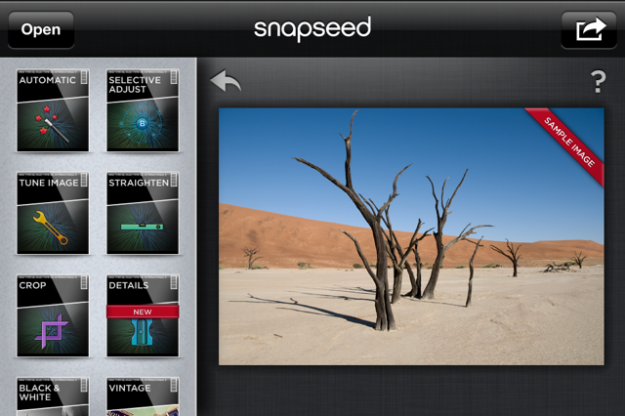USE THE LIGHT YOU HAVE CORRECTLY
The phone on your camera needs light to "see" the picture it's going to take. Some cameras do better with less light than others, but you still need some illumination. And you need to use it to your advantage.
Never point your camera at the light. Try to have the lighting behind you and above you, ideally pointing towards whatever it is you're taking a picture of. Often times that's not possible (especially indoors) but you should still move your feet and try the best angle you can use if possible.
SET UP THE PERFECT SHOT
By this we mean take a second to get just the right things in just the right places in your viewfinder.
Try to have the subject of the photo slightly off center, with a background that doesn't make the picture too "busy." Make sure the subject is far enough away from the background so that things behind what you're taking a picture of are not in crisp focus. A soft background with a sharp subject makes for a great picture, and it's something most any camera can manage to do.
Also, resist the urge to have nothing in the background. You don't want a picture of your dog or grandma to look like a product shot in a magazine ad.
YOU CAN NEVER TAKE TOO MANY PICTURES
Since you can erase things when you're done, take a bunch of pictures and go back later and find the "best" one. You will be surprised how much difference there can be from one shot to the next, even when you're sure you were still and the light didn't change.
Unless you're being rushed, take enough to be sure you get one great one. Then take a few more.
USE THE RIGHT SHOOTING MODE
Shooting a sunset from the balcony? There's a mode for that. Same goes for portraits, or close-ups. Since there are few (if any) actual moving parts in a smartphone camera, software adjustments are used to make all the difference. Learn the different shooting modes for your phone (and your favorite camera app) and always use the one that suits things the best.
If in doubt, Auto is probably your best bet until you learn about using manual controls.
USE THE ZOOM WISELY
Your smartphone camera may have optical (using the lens) zoom either 2x, 3x, 5x or maybe even 10x. When you use the digital zoom feature, it's doing the same thing as blowing an image up in an editor and cropping out the edge. This generally makes for grainy, pixelated pictures that you won't want to share with anyone.
If you need to get a closer view of that thing you're photographing, moving closer to it is always better than using digital zoom. Always.
RESIST THE URGE TO USE THE FLASH
The camera flash in our smartphones is getting better, but they are still best left turned off or used for a flashlight. They sit too close to the sensor and create harsh, washed out pictures with vampires in them.
Some folks try and be creative and cover the flash with tissue paper or translucent tape to cut down the light, but it's best to just not use the flash when you're trying to get a good picture.
Sometimes you have to use it, and sometimes it works fine, but most times you'll not like what you see when you use it.
USE A PHOTO EDITOR
Don't be afraid to edit your pictures after you've taken them. Even the best picture can look better with a few tweaks, and looking better is the final goal. Find the picture editor in Google Play that you like the best, and learn to adjust the colour, sharpness and saturation of your photos — as well as any final cropping and framing — to make a good pic look great.
It's easier than it looks, and you should think of it as the last step in the picture-taking process.
FIND THE RIGHT CAMERA APP
Your smartphone came with a complete camera application right out of the box. That doesn't mean you shouldn't take a trip to Google Play and try some others.
You'll find apps with effects, filters, stickers, and anything else you can imagine to enhance your pictures, as well as advanced apps that do things like add background blur or allow better control over the exposure values.
Try them out, and keep the ones you like installed for the times you need just a little more.
PATIENCE IS KEY
While these tips don't help getting a great picture of a speedy child or pet (there is a difference), if you take your time and set things up just right you can get some really good pictures from your phone.
Doing things like framing your shot and getting the lighting right is usually worth it when looking at the final result.
(This is our daughter Lili, taken on an HTC One M8)









